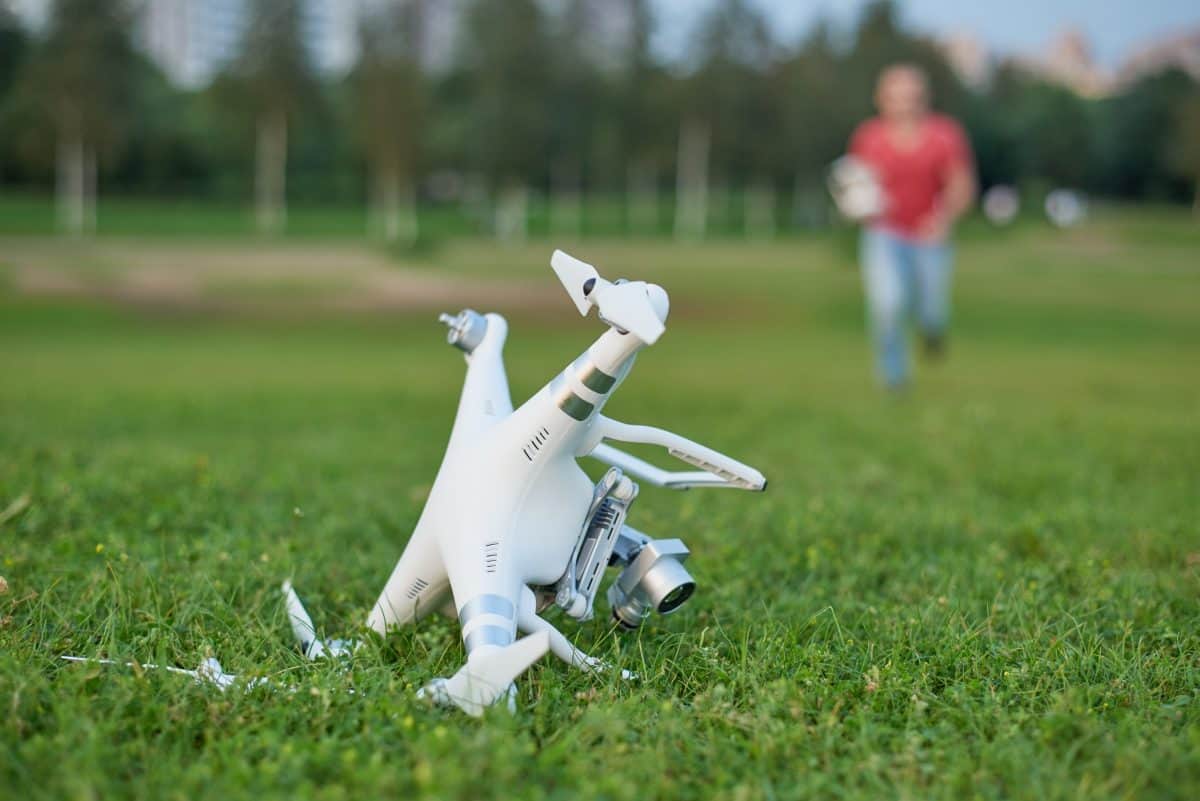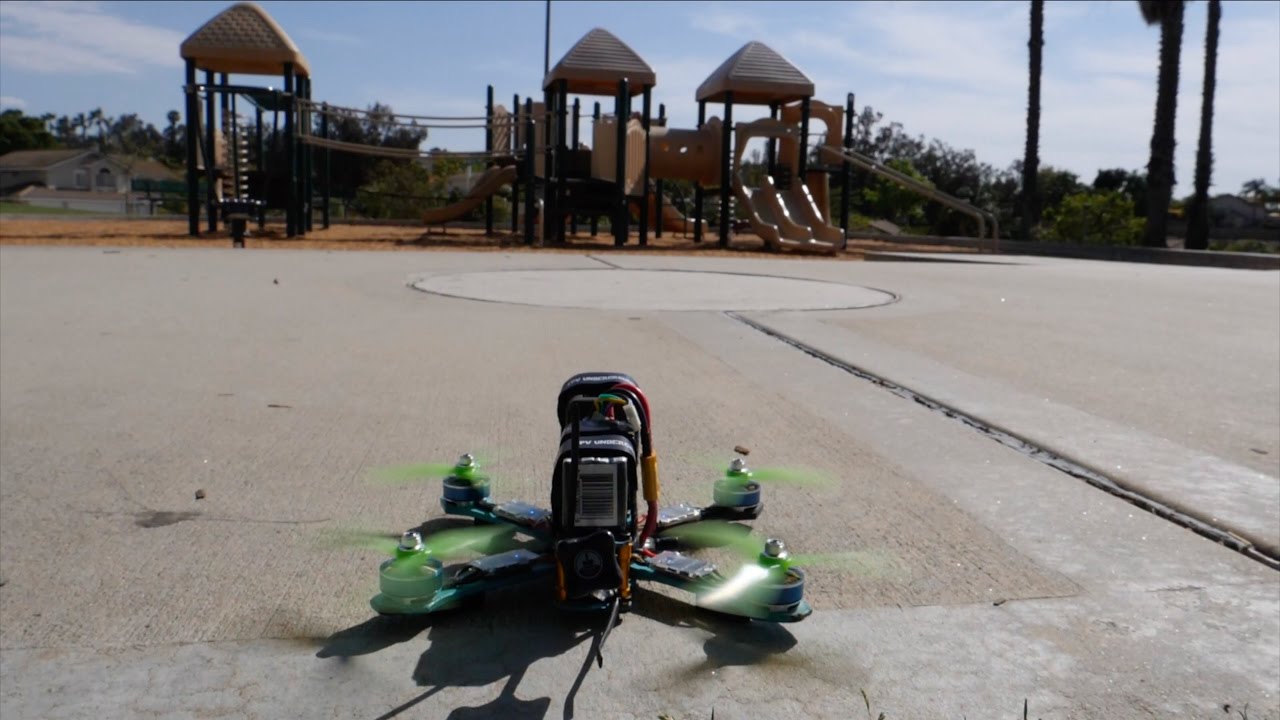Drone show crash: These spectacular displays of light and technology can sometimes end in disaster. From software glitches to pilot error, the potential for failure exists, impacting everything from financial losses to public safety. This guide explores the various causes of drone show crashes, examines safety protocols, and investigates the technological advancements aimed at preventing future incidents.
We’ll delve into the different types of crashes, ranging from simple hardware malfunctions to complex software failures and the effects of environmental conditions. We’ll also discuss the crucial role of pre-flight checks, maintenance, and the implementation of safety technologies to mitigate risks. Understanding these factors is key to ensuring the safe and successful execution of drone shows.
Drone Show Crash Analysis: Causes, Prevention, and Consequences

Drone shows, while spectacular, carry inherent risks. Understanding the various factors contributing to crashes, implementing robust safety protocols, and leveraging technological advancements are crucial for ensuring the safety of both spectators and equipment. This article delves into the types of drone show crashes, preventative measures, consequences, and future improvements in technology.
Types of Drone Show Crashes

Drone show crashes can be categorized based on their root causes. These categories are not mutually exclusive, and a single crash may involve multiple contributing factors.
| Cause | Description | Frequency (Estimated) | Example Scenarios |
|---|---|---|---|
| Software Malfunction | Errors in the flight control software, communication protocols, or autonomous navigation systems. | 20-30% | GPS signal loss leading to erratic flight, faulty waypoint programming causing collision, software bug resulting in uncontrolled descent. |
| Hardware Failure | Mechanical or electronic component failure, such as motor malfunction, battery failure, or sensor issues. | 30-40% | Motor burnout causing loss of control, ESC (Electronic Speed Controller) failure resulting in uncontrolled drone movement, GPS module malfunction leading to inaccurate positioning. |
| Human Error | Mistakes made by operators, including incorrect programming, inadequate pre-flight checks, or poor decision-making during operation. | 25-35% | Incorrect waypoint input leading to collision, failure to account for wind conditions resulting in loss of control, inadequate battery monitoring leading to mid-flight power failure. |
| Environmental Factors | Adverse weather conditions such as strong winds, heavy rain, or extreme temperatures affecting drone stability and performance. | 10-15% | High winds causing drones to be blown off course and collide, heavy rain leading to short circuits and malfunctions, extreme cold reducing battery performance and flight time. |
Examples of drone malfunctions include motor failures (resulting in loss of thrust), gimbal malfunctions (affecting camera stabilization and potentially flight control), and communication system failures (preventing proper communication between drones and the ground control station).
Environmental conditions significantly impact drone stability. Strong winds can easily push drones off course, while rain can cause short circuits and reduce visibility. Extreme temperatures can affect battery performance and the structural integrity of the drone.
Safety Protocols and Prevention Measures
Implementing rigorous safety protocols is crucial for minimizing the risk of drone show crashes. These protocols cover various aspects of the operation, from pre-flight checks to real-time monitoring and emergency procedures.
- Thorough pre-flight inspections of all drones and equipment.
- Redundant systems for critical components (e.g., multiple GPS modules, backup batteries).
- Real-time monitoring of drone status and flight parameters.
- Emergency procedures for handling unexpected events, including loss of communication or drone malfunction.
- Weather monitoring and contingency plans for adverse conditions.
- Operator training and certification.
- Regular maintenance and calibration of drones and equipment.
Pre-flight checks are essential. These include verifying battery levels, inspecting propellers and motors for damage, and confirming GPS signal strength. Regular maintenance, including cleaning, lubrication, and calibration, ensures optimal drone performance and longevity.
A comprehensive checklist should include pre-flight checks (battery levels, GPS signal, propeller integrity), in-flight monitoring (drone position, battery life, communication status), and post-flight procedures (data review, equipment storage, and maintenance scheduling).
Safety technologies such as collision avoidance systems, autonomous emergency landing systems, and redundant communication links can significantly reduce the risk of crashes. These technologies provide layers of protection against single points of failure.
Consequences of Drone Show Crashes
Drone show crashes can have significant financial, legal, and safety implications.
Financially, crashes can lead to substantial repair costs, insurance claims, and potential loss of revenue due to event cancellation or reputational damage. Legal ramifications can include liability for property damage, injury, or even death, depending on the severity of the incident. Regulatory consequences might include fines, license suspension, or even criminal charges.
Spectator safety is paramount. A crashing drone can cause injury to onlookers or damage nearby property. For instance, a 2023 drone show in [Location – replace with example] resulted in [brief description of consequences – replace with example].
Examples of real-world drone show crashes highlight the significant consequences. A crash involving [Number] drones at a [Type of event] in [Location] resulted in [brief description of the incident and its consequences].
Technological Advancements and Future Improvements, Drone show crash

Advancements in drone technology offer significant potential for enhancing safety and preventing crashes.
- Improved GPS and sensor fusion for more accurate positioning and obstacle avoidance.
- AI-powered flight control systems for enhanced autonomy and decision-making.
- Redundant systems for critical components to mitigate the impact of single-point failures.
- Enhanced communication protocols for reliable data transmission and real-time monitoring.
- Advanced collision avoidance systems using multiple sensors and algorithms.
- Self-healing capabilities in drones to automatically recover from minor malfunctions.
Redundant systems, such as multiple GPS modules or backup batteries, can ensure continued operation even if one component fails. Improved communication protocols will allow for faster and more reliable data transmission between drones and the ground control station.
Illustrative Examples of Crashes and their Analysis
Here are three hypothetical scenarios illustrating different causes of drone show crashes.
Scenario 1: Collision due to Wind Gusts
A large drone show was underway. Suddenly, an unexpected strong gust of wind swept through the performance area. Several drones were pushed off course, resulting in a mid-air collision. The illustration below shows the drones’ flight paths converging at the point of impact. The drones involved suffered significant damage, and the show was temporarily halted.
This scenario highlights the importance of accurate weather forecasting and the need for contingency plans to address unexpected wind conditions.
Drone show crashes are a bummer, especially when you’ve paid good money for tickets! To avoid disappointment, check out the safety record of the show organizers. For example, the impressive visuals of the niagara falls drone show are worth considering, but always research beforehand. Ultimately, a well-planned and executed show minimizes the risk of a crash, leaving you with amazing memories.
Scenario 2: Human Error Leading to Crash
- The operator failed to properly calibrate the drones’ GPS systems before the show.
- During the performance, the drones started drifting off course due to inaccurate GPS data.
- The operator’s attempts to correct the course were too late, and several drones collided.
- The show was immediately stopped, and the damaged drones were retrieved.
Scenario 3: Software Glitch Causing Multiple Crashes
A software glitch in the autonomous navigation system caused multiple drones to simultaneously descend uncontrollably. The glitch occurred in a module responsible for altitude control. A specific line of code failed to correctly interpret sensor data, resulting in a faulty altitude calculation. This led to a rapid descent and multiple crashes. The subsequent investigation highlighted the importance of rigorous software testing and the need for robust error-handling mechanisms.
Last Word: Drone Show Crash

Ultimately, preventing drone show crashes requires a multi-faceted approach. It’s a combination of robust safety protocols, meticulous pre-flight checks, cutting-edge technology, and a commitment to continuous improvement. By understanding the causes of crashes and implementing effective preventative measures, we can ensure the continued enjoyment of these breathtaking displays while minimizing the risks involved. The future of drone shows hinges on embracing technological advancements and prioritizing safety above all else.
FAQ Section
What is the average cost of repairing a crashed drone?
Repair costs vary greatly depending on the drone’s model, the extent of the damage, and the availability of parts. It could range from a few hundred dollars to several thousand.
Drone show crashes are unfortunately becoming more common, highlighting the need for better safety protocols. A particularly noteworthy incident was the orlando drone show accident , which led to a serious investigation into the causes and potential improvements to prevent future mishaps. Learning from these incidents, like the Orlando one, is crucial for advancing drone show safety and preventing further crashes.
What insurance is needed for drone show operations?
Comprehensive liability insurance is essential to cover potential damages caused by a crash. The specific requirements vary by location and the scale of the show.
Are there any regulations governing drone shows?
That drone show crash got me thinking about the safety of drone technology. It makes you wonder about the reliability of the whole system, especially when you consider the ambitious plans like Amazon’s for drone delivery. Check out the planned amazon drone delivery locations to see just how widespread this tech is becoming. Hopefully, improvements in safety will prevent similar incidents from happening in the future, both for entertainment and delivery purposes.
Yes, regulations vary by country and region. Operators must comply with airspace restrictions, licensing requirements, and safety standards.
How can spectators stay safe during a drone show?
Spectators should follow any instructions provided by organizers, maintain a safe distance from the launch area, and be aware of their surroundings.